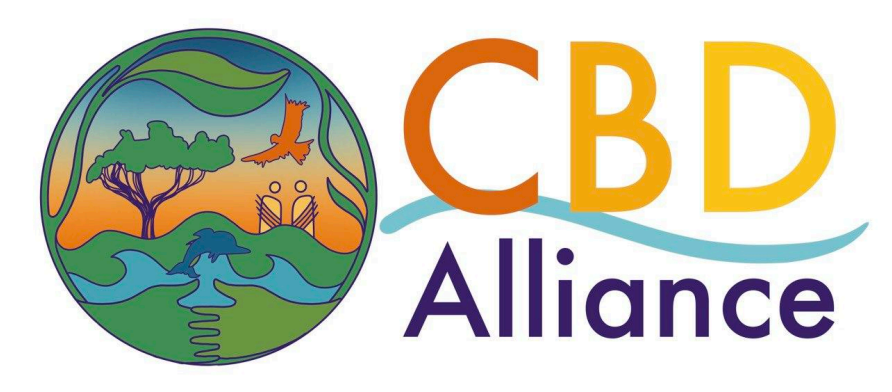While a major focus of the nego tiations at CBD COP 16.2 will focus on resource mobilization and the financial mechanism, there are other important decisions that need to be taken as well. Notably, the decisions on the Monitoring framework for the KMGBF (L.26) and on planning, monitoring, reporting and review, including the global review of collective progress in the implementation of the Kunming- Montreal Global Biodiversity Framework (PMRR, L: 33) s till are pending adoption.
Friedrich Wulf, ProNatura, Switzerland
These decisions are vital and necessary in order to have a meaningful discussions at the next COP in 2026. This will be the moment where we will take stock and see how we are advancing towards achieving the targets of the KMGBF, where we are doing well and where more efforts are needed. In order to do this well, we not only need to have updated NBSAPs that reflect the KMGBF, we also need to have national reports based on a uniform monitoring system and an agreed and standardized review procedure.
The decision on monitoring (L.26) still contains a number of brackets, including for headline indicator 7.2 on pesticide risk, which currently names two proposed indicators ([Pesticide environment concentration] [and/or] [aggregated total applied toxicity]). No other headline indicator has two options. Only the ‘aggregated total applied toxicity’ methodology meets the criteria for headline indicators agreed at COP15, so this should be the indicator that is adopted. ‘Pesticide environment concentration’ should be deleted as it has no methodology and is an unusable indicator. I would also support measuring the Global environmental impacts of consumption, a component indicator in brackets, if there is a good method of measuring it.
By contrast, L. 33 on PMRR is a clean text and while we deplore that elements such as the voluntary country by country peer review have not received sufficient support and are therefore not included in the decision, having an agreement on how the reporting and review will be done is essen;al. Important elements also include an agreed methodology with standardized templates for the seventh and eighth national reports, standards in the communication of commitments by non-state actors, Terms of reference for the AHTEG for the Preparation of the Global Report on Collective Progress in the Implementation of the KMGBF and an indicative timeline of the global review on collective progress in the implementation of the KMGBF.
There seems to be a widespread perception that the adoption of these two documents depends on agreement regarding finance – these are regarded as a package. So we very much hope par ties find agreement on resource mobilization as well, in order to improve implementation and have reports we can be happy about.
